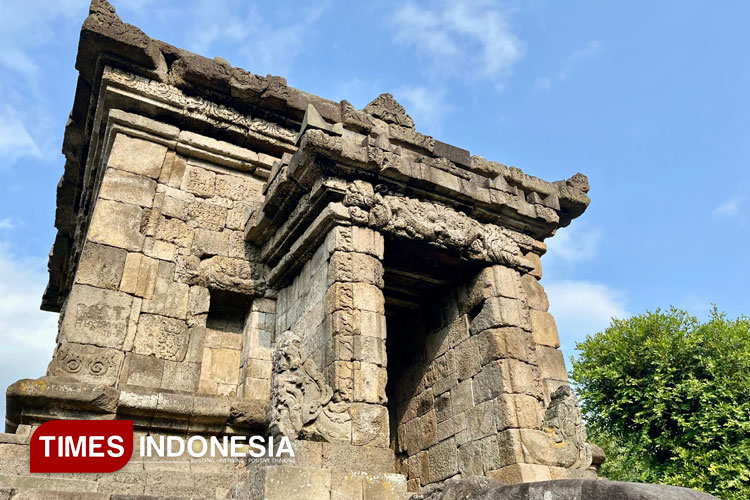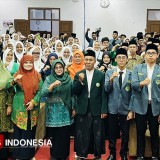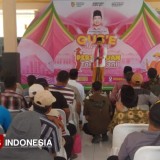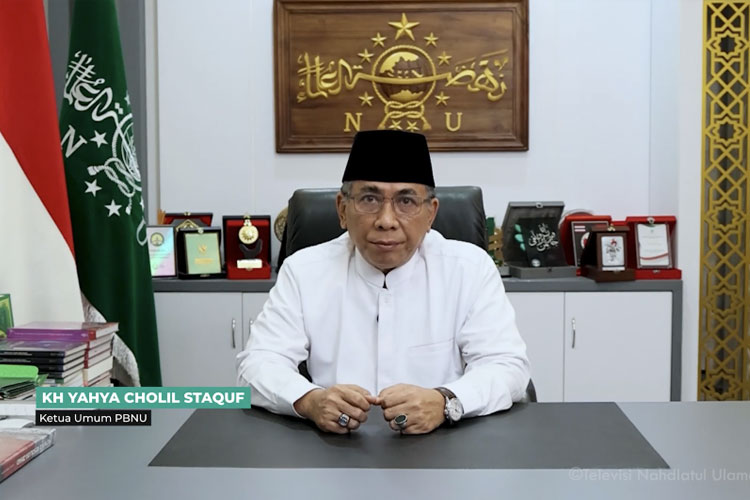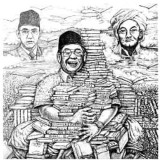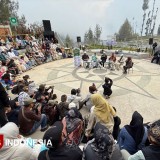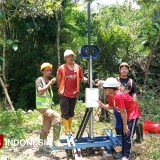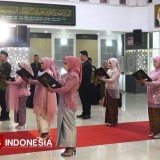TIMES JATIM, MALANG – Badut Temple, located in Karangwidoro Village, Dau District, Malang Regency, is a historic relic of the Kanjuruhan Kingdom, the oldest kingdom in East Java.
The andesite stone structure is relatively small and situated amidst a residential area. Despite its simplicity, Badut Temple offers proof of a past civilization's glory and is a notable historical destination in Malang.
A Legacy from a Silent Kingdom
The name "Badut" is derived from the Sanskrit word "Liswa," a title for King Gajayana mentioned in the Dinoyo Inscription of 760 AD. The inscription states that Gajayana established a sacred place for the sage Agastya in an effort to ward off disease and protect the spiritual strength of his people.
However, further research has revealed that the temple was not merely a spiritual building but also crucial evidence of a more complex historical phase: a witness to the conquest of Kanjuruhan by the Medang Kingdom from Central Java.
The conquest occurred during the reign of Medang's King Rakai Watukura Dyah Balitung (898–910 AD).
He led his forces eastward, subduing Kanjuruhan, which had long existed before the rise of the Kediri, Singhasari, and Majapahit kingdoms. This defeat was not just the story of a fallen throne but the beginning of a convergence between two great Nusantara cultures—the local wisdom of Kanjuruhan and the political-architectural influence of Medang.
From that point, Badut Temple's identity transformed. It may have once been a simple agastyagrha, or a shrine for venerating the sage Agastya. After the conquest, however, its architectural style evolved, incorporating reliefs of kinara-kinari (celestial musicians), kirtimukha (a monstrous face emblem), and other patterns characteristic of Central Javanese design.
This indicates that Badut Temple is a product of assimilation, not domination; it absorbed new values without forgetting its ancient roots.
A Defeat that Nurtured Civilization
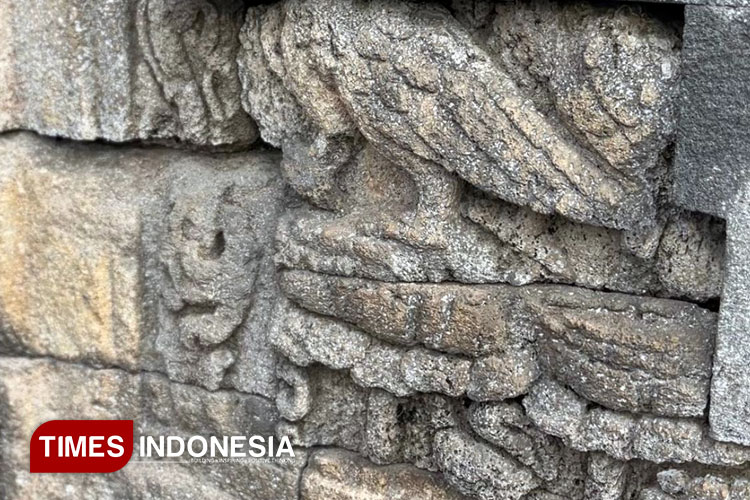 Kinara-kinari reliefs, depicting half-human, half-bird creatures, adorn the walls of Badut Temple as symbols of sanctity. (PHOTO: Ardana Pramayoga/TIMES Indonesia)
Kinara-kinari reliefs, depicting half-human, half-bird creatures, adorn the walls of Badut Temple as symbols of sanctity. (PHOTO: Ardana Pramayoga/TIMES Indonesia)
What sets Kanjuruhan apart is how it redefined defeat. Instead of vanishing, the kingdom transformed into Kanuruhan, an autonomous region under Medang's rule. From this small territory, great figures emerged, including Mpu Sindok, who famously moved the center of the Medang Kingdom to East Java, and Narotama, a trusted figure of King Airlangga.
Even after the Medang Kingdom fell, the Kanuruhan region continued to exist within the structure of subsequent kingdoms, including Kahuripan, Janggala, and eventually Majapahit.
Badut Temple symbolizes that Kanjuruhan was never truly defeated. It chose to endure and contribute. Its architecture became a model, its spiritual systems influential, and its strategic location on the Brantas River trade route made the area a center for commerce and cultural exchange.
Today, visitors to Badut Temple see not just silent stones but the resilience of a civilization. The west-facing structure stands with its base and body built from andesite stone, housing a main chamber containing a lingga-yoni. Fragments of statues depicting Durga, Ganesha, and Agastya have been found around the temple, signifying a strong Hindu-Shaivite spiritual tradition. The remains of pewara (attendant temples) in its courtyard suggest the complex was once a vibrant ritual center.
A Lesson and Message from the Past
Badut Temple teaches an important lesson: victory is not the only measure of greatness. Kanjuruhan was conquered, but from that defeat, its historical role became deeply rooted and far-reaching. The loss did not lead to its demise but instead became the fertile ground for the growth of new culture and knowledge.
Kanjuruhan demonstrated that contributing to civilization does not require being the victor. Humility and the ability to accept change can give rise to a grandeur more lasting than any military triumph.
Badut Temple is a small beacon from the past that still shines today. In its silence, it speaks: "You may be defeated, but never cease to be of use." Perhaps from these stones, we can learn how to lose with elegance and rise again with wisdom, just as the Kanjuruhan Kingdom once did. (*)
| Pewarta | : TIMES Magang 2025 |
| Editor | : Wahyu Nurdiyanto |
